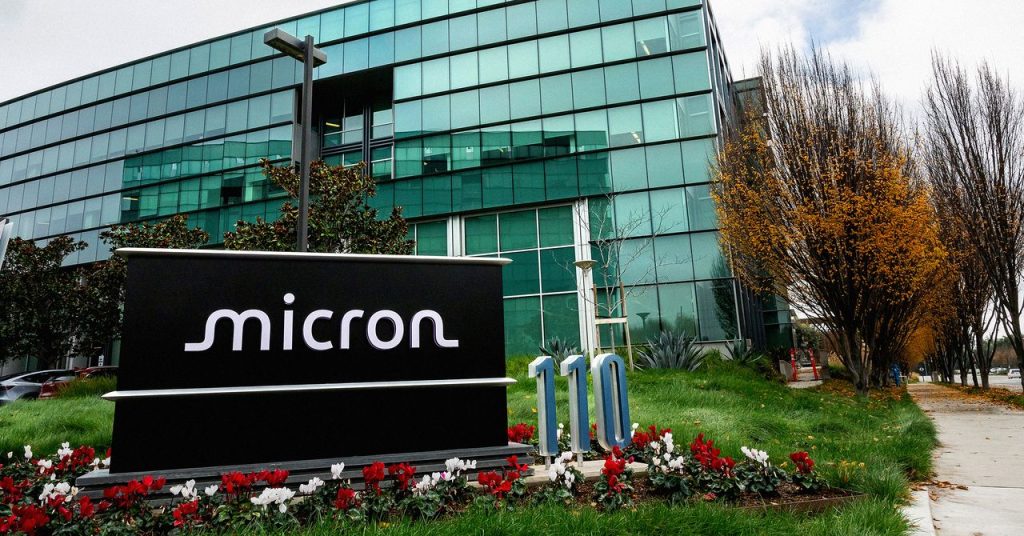Azalia King moved into an upstate New York home surrounded by sprawling cattle pastures around 1965, about the time that mass production of the world’s first microchips began. Now, 60 years later, the 91-year-old is on the verge of losing her home to make way for what could become the largest chipmaking complex in the US.
Local authorities threatened to exercise their power of eminent domain, or taking land for public benefit, to forcibly uproot King and proceed with construction on a $100 billion campus where US tech giant Micron plans to make memory chips for use in a variety of electronics. King’s home has been the lone remaining residence on the 1,400 acre plot of land, which previously included dozens of other homes.
Last Friday, after a week of intense negotiations, dueling legal threats, and community protests, King’s family agreed to a deal with local officials to have her move, Onondaga County Executive Ryan McMahon announced. Terms of the agreement will not be available until the county’s Industrial Development Agency votes to finalize it, likely in mid-December. Earlier this year, the county agency offered $100,000, while the family countered for $10 million, the Syracuse Post-Standard reported.
“Both sides recognized the time was now,” McMahon, who became personally involved in the talks over the past few days, said during a livestreamed press conference last Friday. “This all is being driven by a national security project that will change this community for generations to come. These things are tough. Nobody wanted to be essentially where we were.”
Scott Lickstein, King’s attorney, tells WIRED her lawsuit against county authorities last week helped accelerate talks and that it was beneficial to all parties to make a deal. “She will be staying in the community,” Lickstein says. Several of King’s relatives did not respond to requests for comment on the deal.
Micron said it wants to break ground in Clay, north of Syracuse, next month. But the company can’t proceed with the project until King vacates her home. Already, it is two to three years behind schedule, with full chip production not expected until 2045.
The construction is part of a federal push started under the Biden administration to increase domestic production of computer chips and reduce the country’s reliance on Asian manufacturing. Federal, state, and local subsidies for the project could end up totaling around $25 billion, according to activists fighting some of the tax breaks. “You can’t accomplish having the historic investment and having that one house stay,” McMahon said last week. “Those two things can’t happen together.”




















